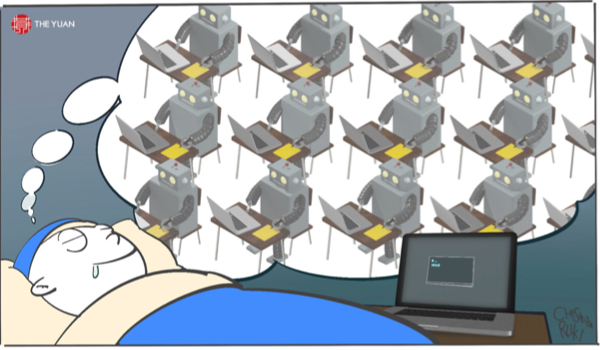


ZURICH - Whenever Europe changes the most decisively, it seems that this is always the result of some crisis. The European Union was created in the aftermath of World War II. The 2008 global financial crisis and the eurozone crisis that followed led to more financial cooperation among European countries. The COVID-19 pandemic triggered greater fiscal coordination through the Next Generation EU recovery fund. Now, the war in Ukraine is upending Europe’s energy strategy and sparking a new conversation about defense.
In this context, policymakers must not forget another crisis happening in slow motion: the significant lag in European companies’ technological prowess relative to other leading economies. As technology spreads into every sector and reshapes competitive dynamics, innovation and tech leadership is just as pivotal to the EU’s strategic autonomy as energy supplies or defense are, especially amid increasing geopolitical turbulence.
Lagging technology largely explains why major European firms are underperforming their United States counterparts. According to new research by the McKinsey Global Institute, the revenues of large European companies increased 40 percent more slowly than those of their US peers between 2014 and 2019. They also invested 8 percent less - measured by capital expenditure relative to the stock of invested capital - and spent 40 percent less on research and development (R&D). Information and communications technology and pharmaceuticals accounted for 80 percent of the investment gap, along with 75 percent of the difference in R&D and 60 percent of the disparity in revenue growth.
Europe has long been aware of its te
The content herein is subject to copyright by Project Syndicate. All rights reserved. The content of the services is owned or licensed to The Yuan. The copying or storing of any content for anything other than personal use is expressly prohibited without prior written permission from The Yuan, or the copyright holder identified in the copyright notice contained in the content. Continue with Linkedin
Continue with Linkedin
 Continue with Google
Continue with Google









 1429 views
1429 views








